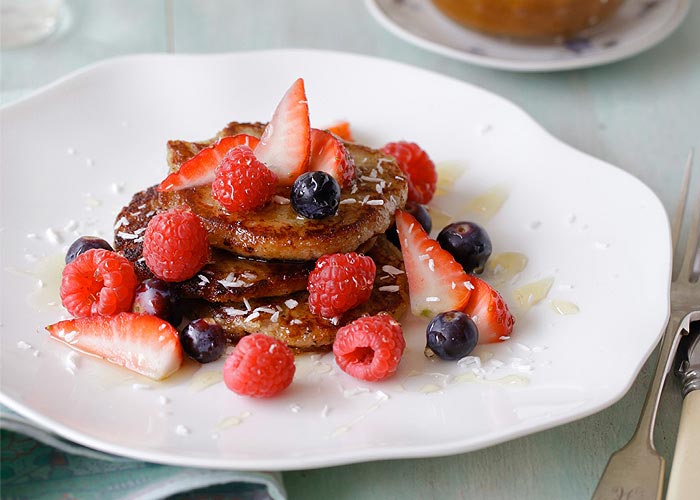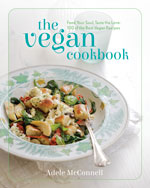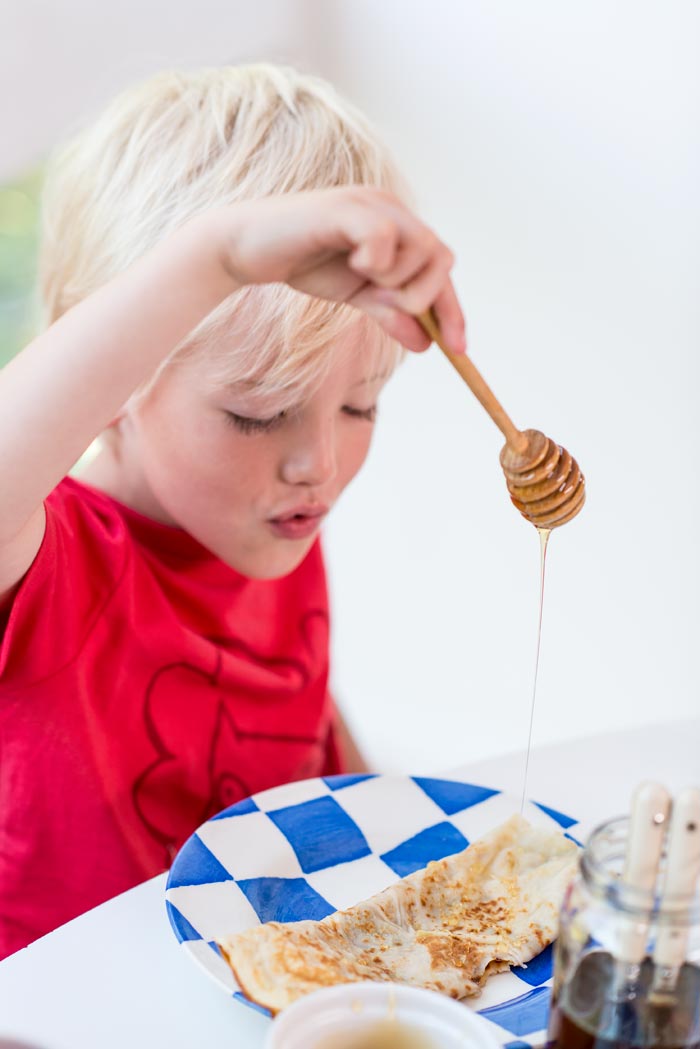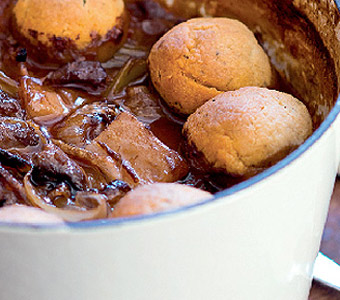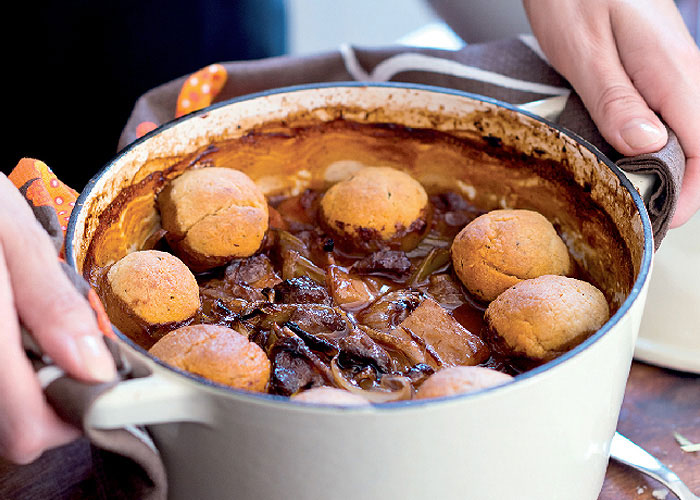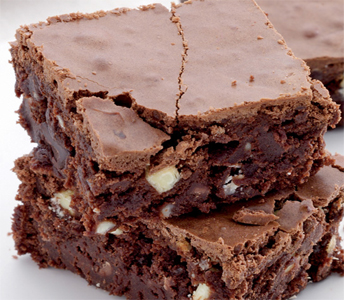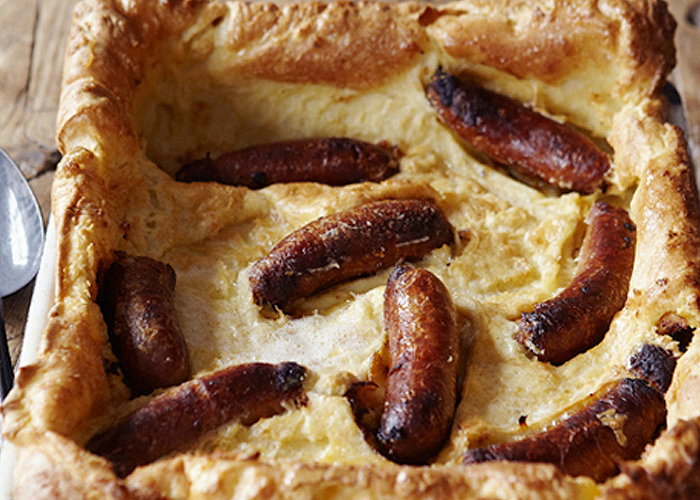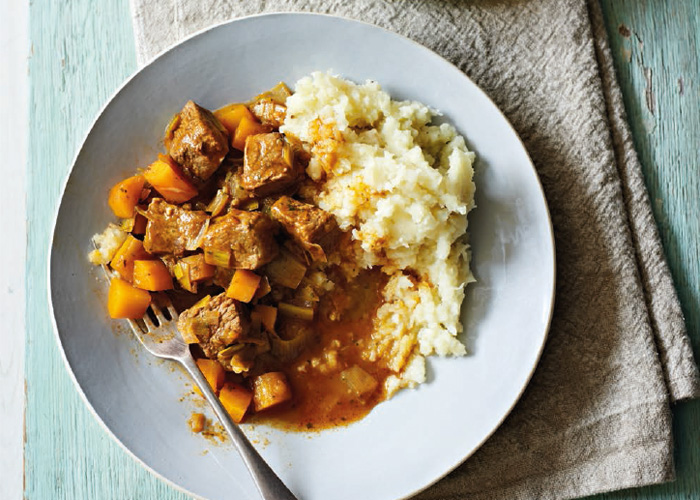Avocado Prawns Recipe for Toddlers and Babies
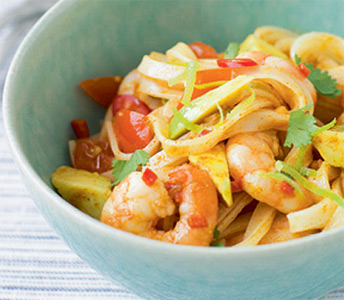
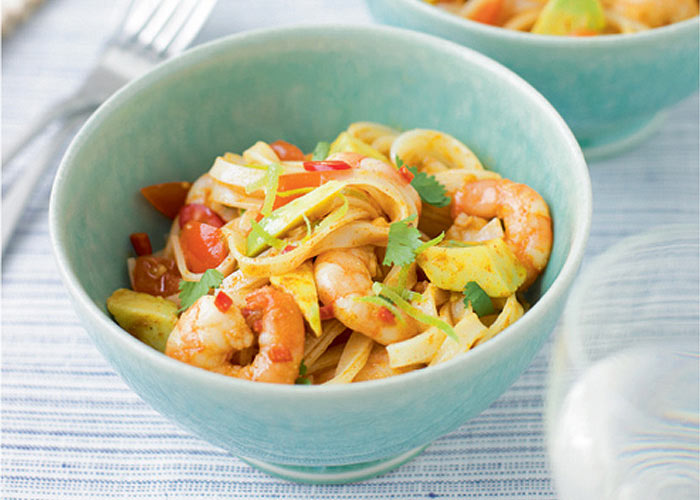
With the same set of ingredients, you can make meals for babies, toddlers and (of course) adults
Renée Elliott’s shows you how one set of ingredients can be turned into three different recipes to suit the ages of your family. For your 6-9 month old baby try Rice Noodles & Avocado Purée, or for your toddler there’s delicious Spiced Rice Noodles With Avocado.
You can serve this healthy dish as a starter, but it also works well over rice as a quick midweek main meal. Spiced with jalapeño and chilli, it also has lime and cumin, which are heavenly!
Spicy Avocado Prawns
Serves: 2 adults, 1 child and 1 baby
Preparation time:20 minutes
Cooking time:10 minutes
300g/10½oz brown rice noodles
1 tsp fine sea salt
6 tbsp extra virgin olive oil
225g/8oz raw, peeled king prawns
3-4 tbsp lime juice
1 tsp finely grated lime zest
2 avocados, peeled, pitted and cut into bite-sized pieces
3-4 plum tomatoes, chopped
1 small red onion, finely chopped
1 small jalapeño pepper, halved, deseeded and finely chopped
4 tbsp chopped coriander leaves
1 tbsp ground cumin
½ tsp chilli powder
1 Cook the noodles in plenty of boiling water, according to the packet instructions. Drain the noodles, add the salt and toss well.
2 Meanwhile, heat 2 tablespoons of the oil in a large frying pan over a medium heat. Add the prawns and fry, turning occasionally, for 3 minutes until opaque and pink. Transfer to a large bowl, add the remaining ingredients and mix well. Stir in the noodles and mix thoroughly. Serve warm.
For a 6-9 month old
Rice Noodles & Avocado Purée
Put 4 tablespoons of chopped, cooked noodles (drained and without the salt), 6 avocado pieces and 3 tablespoons water in a blender. Blend for 30 seconds, adding extra water 1 teaspoon at a time, until smooth. Serve warm.
For a 9-12 month old
Spiced Rice Noodles With Avocado
Put 4 tablespoons of chopped, cooked noodles, (drained and without the salt), 6 avocado pieces, a pinch of the coriander and 3 tablespoons water in a blender. Pulse for 15 seconds, adding extra water 1 teaspoon at a time, until the mixture forms a lumpy purée. Serve warm.
Because the types of foods that your baby can eat increase at every stage of development, the recipes for the 9-12 month old build on the recipes for the 6-9 month old. When your baby is a year old, you can use the main recipe.
‘Renée Elliott’s cookbook is a kitchen essential for new moms and for those who need a little inspiration on how to feed the entire family. The delicious recipes cover babies, toddlers, kids and adults – and each meal is simple and healthy for everyone.’
Gwyneth Paltrow
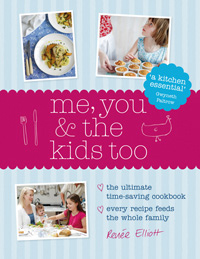 Cooking for a family can be a huge challenge that leaves you feeling like you’re always making compromises. In Me, You and the Kids Too, Renée Elliott makes this do-able. She shows that you don’t have to cook different recipes to please everyone at the table – and that you never have to sacrifice flavour or nutrition to get meals made without stress.
Cooking for a family can be a huge challenge that leaves you feeling like you’re always making compromises. In Me, You and the Kids Too, Renée Elliott makes this do-able. She shows that you don’t have to cook different recipes to please everyone at the table – and that you never have to sacrifice flavour or nutrition to get meals made without stress.
Me, You and the Kids Too by Renée Elliott
£7.99



